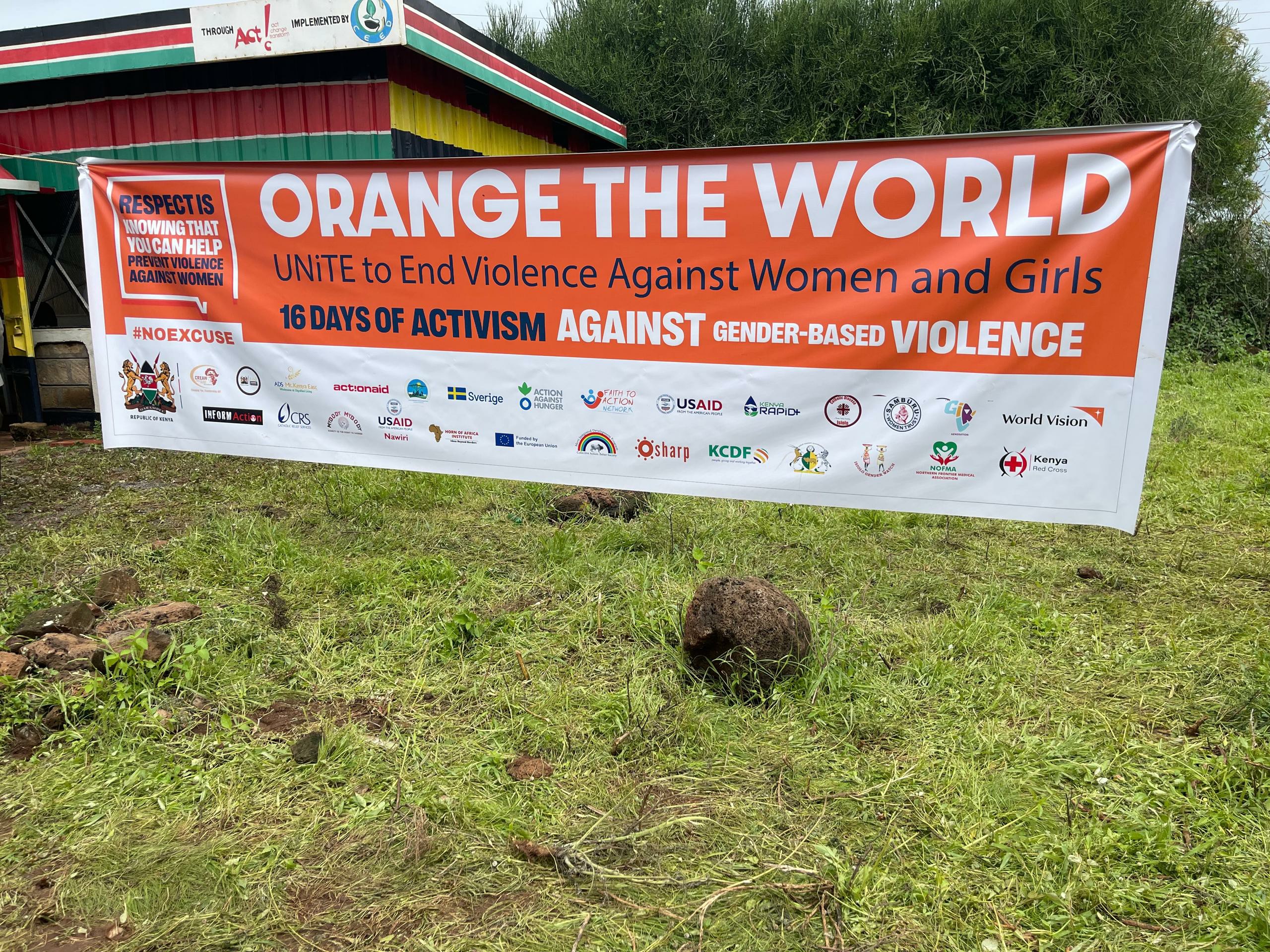The Role of Men and Boys in Ending Gender Based Violence: Transforming Isiolo's Communities
Posted on 27 November, 2024

Transforming attitudes about gender-based violence in Isiolo County requires a fundamental shift in how men and boys view their roles in promoting gender equality and preventing violence. Recent data from the County Gender Department shows that communities where men actively participate in GBV prevention programs experience up to 40% reduction in reported cases of domestic violence. The Men Engage Kenya Network's initiatives in Isiolo have demonstrated that when men become active allies in the fight against GBV, they influence other men to examine and change their behaviors. This shift in perspective has led to more men speaking out against harmful traditional practices and taking responsibility for promoting gender equality in their homes and communities.
Through innovative programs like the Male Champions Initiative, over 2,000 men in Isiolo have received training on preventing gender-based violence and supporting survivors. These programs focus on challenging deep-rooted cultural norms that perpetuate violence while providing men with practical tools to become advocates for change. Participants learn about positive masculinity, healthy relationship dynamics, and the importance of equal decision-making in households. The training also addresses specific issues such as the role of substance abuse in GBV and strategies for managing anger and conflict without violence. Follow-up assessments show that 75% of program participants report significant changes in their attitudes and behaviors regarding gender relations.
Religious and traditional leaders have emerged as powerful voices against GBV, demonstrating that cultural respect can coexist with women's safety and dignity. Imams, pastors, and traditional elders across Isiolo now incorporate messages about preventing gender-based violence into their teachings and community gatherings. These influential figures help challenge misconceptions that GBV is culturally acceptable or a private family matter. Their involvement has been particularly effective in reaching older men who might be resistant to changing long-held beliefs about gender roles. Many religious institutions now host regular discussions about healthy relationships and family dynamics, creating safe spaces for men to explore these topics.
The youth engagement component of male advocacy programs focuses on shaping attitudes early, working with boys and young men in schools and youth groups. Educational initiatives teach young males about consent, respect, and equality from an early age, helping break intergenerational cycles of violence. Youth programs include peer education, sports activities, and creative arts projects that promote gender equality messages. Statistics show that boys who participate in these programs are 60% more likely to intervene when witnessing gender-based violence and report more equitable views about gender roles. The programs also provide positive male role models who demonstrate alternatives to violent or controlling behavior.